I am trying to create a template for the adaptive card. My adaptive card is similar to the expense report adaptive card in many ways. https://adaptivecards.io/samples/ExpenseReport.html
It is basically a timesheet submission card for the manager to approve the timesheet. It should look something like this.
Preview of the draft Adaptive Card (with a static number of rows)
The challenge I am facing is fixing a number of rows, samples provided has a fixed number of rows. In real cases, the number of rows will be dynamic. One timesheet will have 4 rows and others will have 2 rows. So template with a fixed number of rows is not going to work in my case.
What I would like to do is use the templating feature and create one row in the adaptive card template and bind it with an array of rows in JSON. Based on the size of the Array, rows will be replicated in the adaptive card. The following is a sample template.
Adaptive Card template
Databinding screenshot
JSON: Number of array items will be dynamic, and the expectation is to have a template consider this and expand.
"teRows": [{
"date": "Date1",
"task": "task1",
"hours": "10"
}, {
"date": "Date2",
"task": "task2",
"hours": "20"
}, {
"date": "Date3",
"task": "task3",
"hours": "30"
}, {
"date": "Date4",
"task": "task4",
"hours": "10"
}
]
Templating Guide: https://learn.microsoft.com/en-us/adaptive-cards/templating/language



